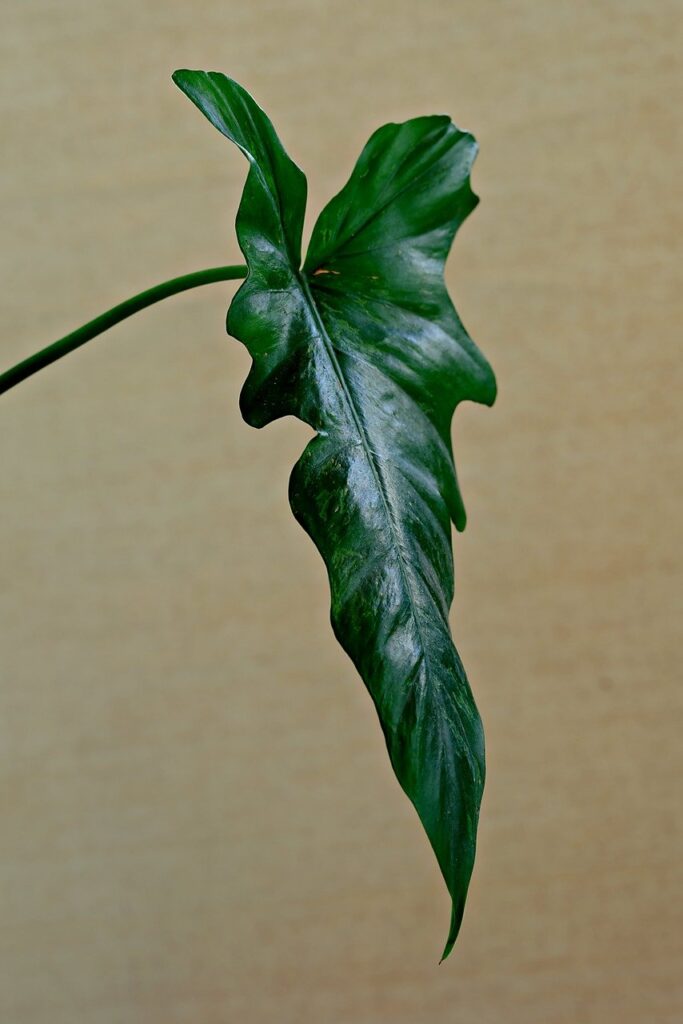Not natural materials consist of glass, metals, and ceramics. A fine example of this is fiberglass, which is made of rotated glass and mixed with epoxy materials to create enhancing components for vehicles and watercrafts. Steel fibers are used in steel wool pads, or ropes. Carbon fibers are developed by treating carbon at a heat and after that transformed to graphite bows which are compacted to form fibers. The fibers are light and strong, making them more costly. They are being considered in golf clubs, bicycles, and cars and trucks. Gold and silver can also be used as fibers and fabrics.
Laminated fabrics can be used to create compounds that incorporate the very best qualities of each individual raw material into a combined system. For example you can integrate an incredibly sturdy woven fabric with a water resistant film and include a soft knit for comfort. The combined composite provides the best qualities of each of the elements into the perfect material.
Synthetic fibres are made from monomers sourced from fossil oil feedstocks, which are consequently polymerised into different fibres. Given all the possible monomers that can be made from a synthetic feedstock, the possible mixes are limitless. Nonetheless the most typical synthetic fibre is polyester, adhered to by polyamide, polyacrylic and aramide. Relying on the monomer used to produce the fibre, a limitless variety of chemicals may be used while doing so. For several of the synthetic fibres such as polyester, coloring can be accomplished currently when the fibre is manufactured.
Egyptians are thought to have actually started fabric coating. One may observe fabric covering of the mummies there. Lamination and coating are very important process to value-add and boost the properties of textile materials. Coating applies a polymeric material in viscous form straight onto fabric or any other substratum. Lamination is the process of making a composite material of numerous layers, a minimum of one of which is textile fabric bonded very closely by an adhesive or by the adhesive properties of several of the component layers. Solvent coating and warm thaw coating machines are used for a series of applications.
Animal fibres consist of healthy proteins. Wool and silk are one of the most commonly used fibres from this group, but the wool can come from a variety of various pets. In order to make animals grow faster and produce higher yields of wool, chemicals and pesticides are used to avoid disease. Dipping is an usual practice to control parasites in lamb farming, utilizing both organic phosphates along with synthetic pyrethroid. After the wool fibres have actually been sheared they are treated with chemicals throughout the combing and cleaning process.
A fiber is a natural or synthetic material with a really high aspect ratio (length to size) that can be processed by different means into a fabric. Properties of fibers include length, size and surface shape. Fibers are readily available in two lengths, staple or filament. A staple fiber has actually restricted or finite length. The length of the fiber is determined in inches or centimeters and the length can vary within a fiber of the same source. Brief fibers may be twisted together to make thread or used in their staple form to produce non-woven fabrics. A filament is a fiber with a limitless or relatively boundless length. The long continuous filament fibers are determined in backyards or meters. If a filament is packed and sufficed is called a tow.
lifting tarp are two or more materials bound along with an adhesive to create a composite material with a layered structure. Contrasted to simple fabric, laminated fabrics provide greater tensile toughness and enhanced toughness. They can also be customized to provide additional benefits, such as flame retardance, air holding, or water resistance.
Natural fibers are constructed from cellulose which is the key architectural element of plants and microbial cell wall surfaces. Animal fibers are also taken into consideration natural fibers since they are made up of healthy protein. Natural fibers are structurally strong and resistant to chemical strikes because the molecule consists of many polar hydroxyl groups that interact with nearby particles. Natural fibers, such as cotton, can be chemically changed to form regenerated fibers known as rayon and acetate.
Tex Tech creates laminated fabrics utilizing woven, non-woven, and knit fabrics, with TPU, PVC, aluminized, PVDC and many various other movies. The movie is related to the textile using either an adhesive or thermal application technique. Depending upon the desired application, fabric slitting can be done as an ending up solution. The resulting end product is a layered composite that supplies improved durability and trustworthy efficiency sought after applications.
Subscribe to Updates
Get the latest creative news from FooBar about art, design and business.
